Have students correctly answer problems involving skip counting and multiplication to be the first to lay down 4 game pieces in a row!
Skip Counting (Multiplication Strategy) Board Game
Students will love can practising their skip counting and multiplying skills while playing this fun, spinner-style board game.
Use this board game as a Maths rotation or other small group activity, or add it to your collection of board games for free-choice activities or wet weather lunches.
This download includes a set of directions, game pieces, 2 game spinners, a game board, a student recording sheet, and an answer key.
How to Play Skip Counting Spinner
Start by having each player select a game piece colour. The youngest person goes first. Player 1 spins both spinners and uses the two numbers to create a multiplication expression.
While writing the expression on the recording sheet, Player 1 must find the answer on the game board and place a game piece on top of it.
Player 2 must check the answer to make sure Player 1 is correct. Now, it is Player 2’s turn following the same steps.
If a game piece already covers an answer, the play moves on to the next player. The first player to get 4 pieces in a row (horizontal, vertical, or diagonal) first wins!
Easily Prepare This Skip Counting Game
Use the dropdown icon on the Download button to choose between the PDF or Google Slides version of this resource. A recording sheet and answer key are also included with this download.
Print on cardboard for added durability and longevity. Place all pieces in a folder or large envelope for easy access.
Sustainability Tip: Print a few recording sheets on cardboard and slip them into write-and-wipe sleeves. Students can record their answers with a whiteboard marker and then erase and reuse them.
This resource was created by Brittany Kellogg, a teacher and Teach Starter Collaborator.
Don’t stop there! We’ve got more great maths games to take your teaching to the next level!
Create arrays to fill the board with this fun multiplication game. A board game to play in groups when learning to multiply and divide numbers by 10 and 100. Use this engaging and fun game to practise fact families and the relationship between multiplication and division.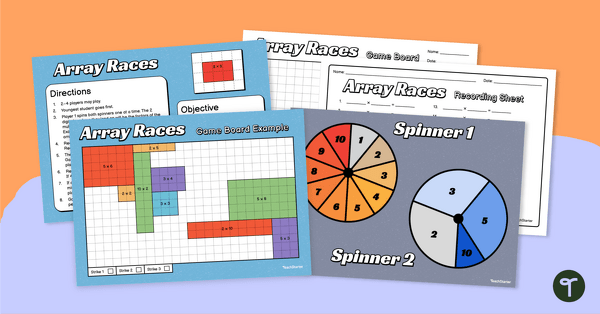
teaching resource
Array Races Multiplication Game – Facts 2, 3, 5 and 10
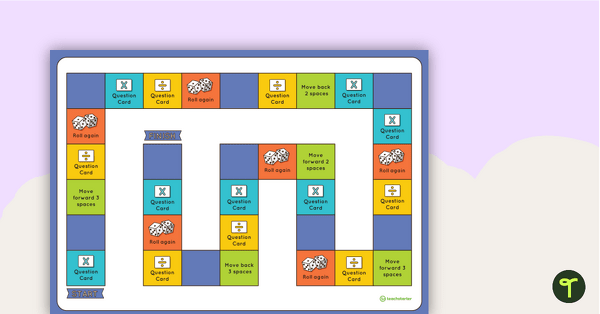
teaching resource
Multiply It or Divide It! Board Game

teaching resource
Fact Family Matching Game (Multiplication and Division)



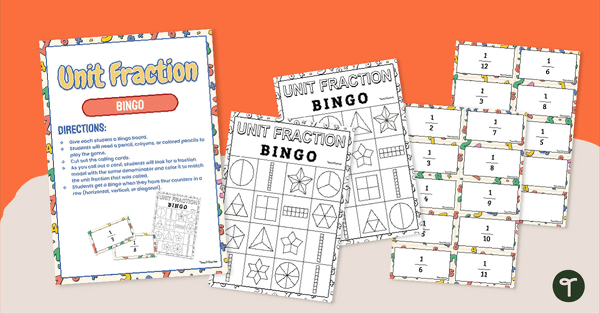
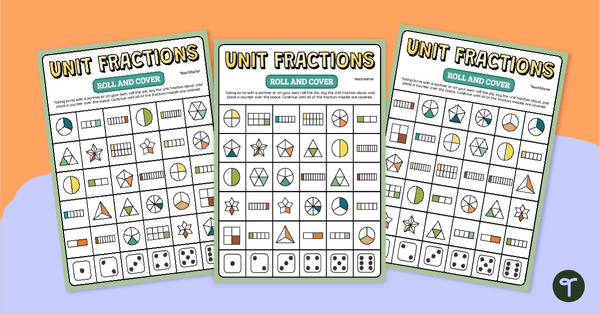

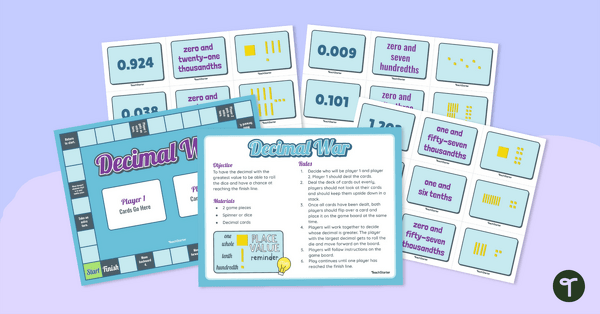
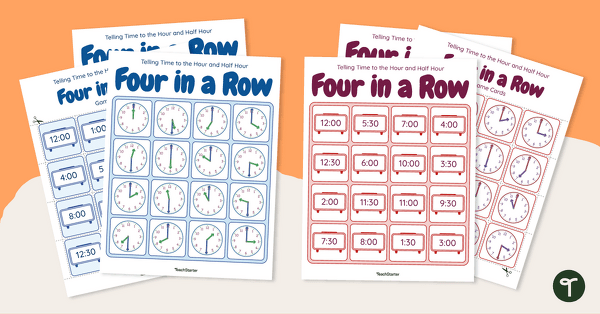
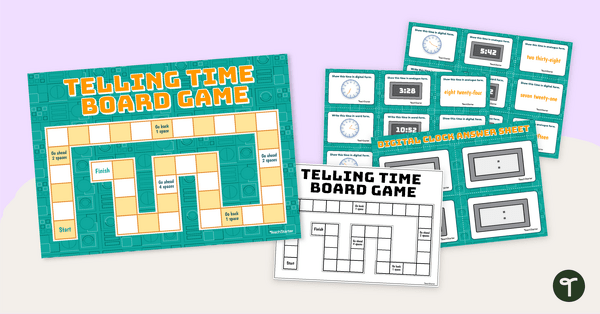
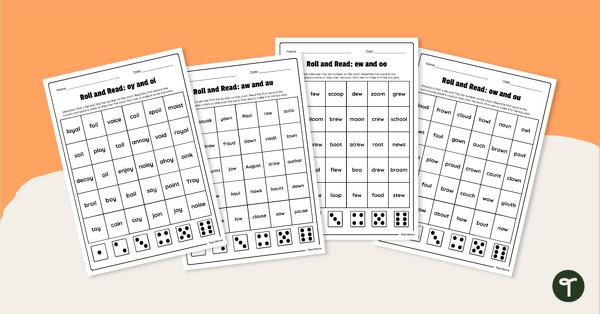
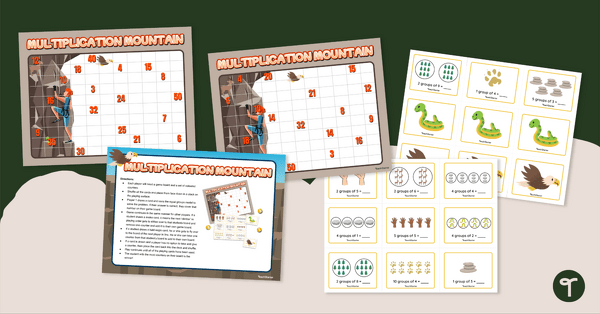
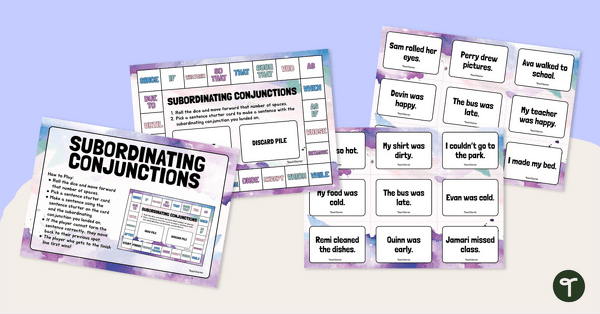
0 Comments
Write a review to help other teachers and parents like yourself. If you'd like to request a change to this resource, or report an error, select the corresponding tab above.